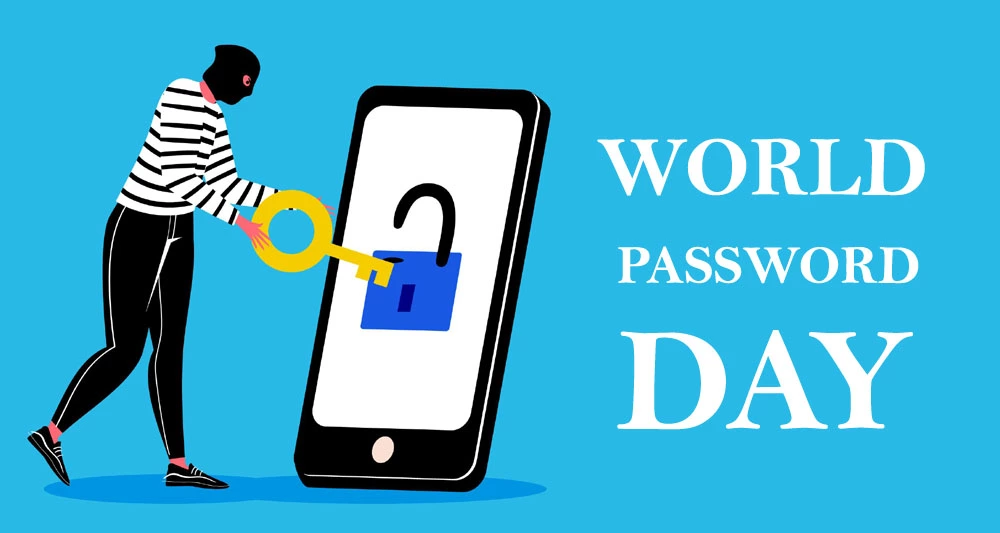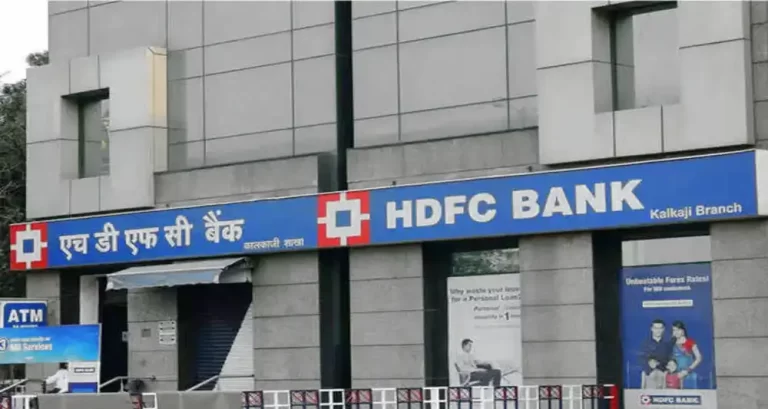Passwords are essential in today’s environment for protecting our digital identities and data. Keeping passwords secure is our obligation because they serve as the equivalent of keys that let us access to our online accounts. The goal of World Password Day is to increase awareness of password security and to motivate individuals to establish strong, original passwords. It is observed on May 4. But what about the outdated passwords we have been using for so long? This article explains how to maintain our old passwords and why they might hold the key to the future of cybersecurity.
The Importance of Password Security
Let’s talk about the importance of password security before we get into the subject of outdated passwords. It is critical to use strong and unique passwords to protect our sensitive information given the rise in cyberattacks and data breaches. Passwords like “123456” or “password,” which are simple to guess or break, can put our personal and financial information at danger. Strong passwords are lengthy, complex, and comprise a combination of uppercase, lowercase, numbers, symbols, and other characters.
The Problem with Old Passwords
It might be difficult to remember passwords that many of us have been using for a long time. We frequently use the same passwords for various accounts or write them down on paper, which is easily misplaced or stolen. Furthermore, outdated passwords might not adhere to the most recent security requirements, leaving them open to hacking attempts. Cybercriminals can access our accounts by using automated programs to decipher weak passwords or by using credentials that have been obtained from data breaches.
The Benefits of Managing Old Passwords
Let’s now discuss the importance of managing our old passwords for the future of cybersecurity. Managing old passwords allows us to spot weak and frequently used passwords and change them out for strong, one-of-a-kind ones. This can greatly lower the possibility of our accounts getting hacked. Managing outdated passwords can also assist us in maintaining control over our accounts and preventing unauthorised access. Password managers allow us to create and save secure passwords for each account, making their management simpler.
Best Practices for Managing Old Passwords
Here are some best practices for managing old passwords effectively:
Conduct a Password Audit
A password audit is the first step in managing outdated passwords. To do this, you must list every account you have and the passwords you use for it. You can manually compile a list of accounts and passwords or utilise password managers. Once you have the list, you can determine which passwords need to be changed first and identify those that are weak or frequently used.
Use a Password Manager
You may create and store secure, individual passwords for each account using password managers. To access your password manager, you just need to remember one master password. Additionally, password managers can automatically fill out login forms, simplifying safe account login. LastPass, Dashlane, and 1Password are some examples of well-known password managers.
Enable Two-Factor Authentication
By requiring a second form of verification, such a code delivered to your phone or email, two-factor authentication (2FA) increases the security of your accounts. Even if your password is hacked, enabling 2FA can stop unauthorised access. The majority of online services have 2FA, and it is advised to turn it on for all of your accounts.
Change Passwords Regularly
Changing your passwords frequently—at least once every six months—is advised. By doing this, attackers may be deterred from utilising stolen credentials for a while. Additionally, changing your passwords can guarantee that you are using secure passwords that adhere to the most recent security requirements.




















+ There are no comments
Add yours